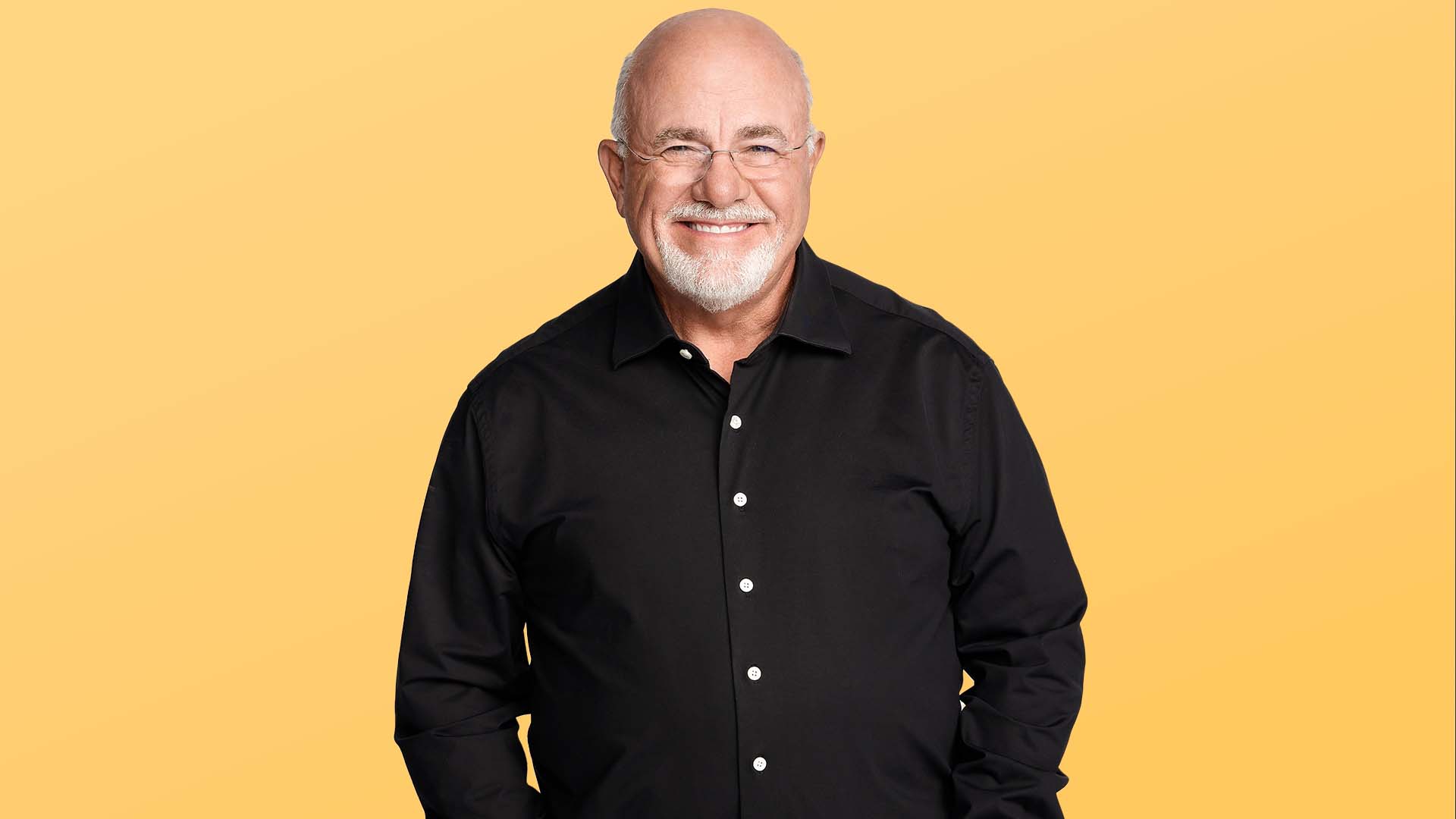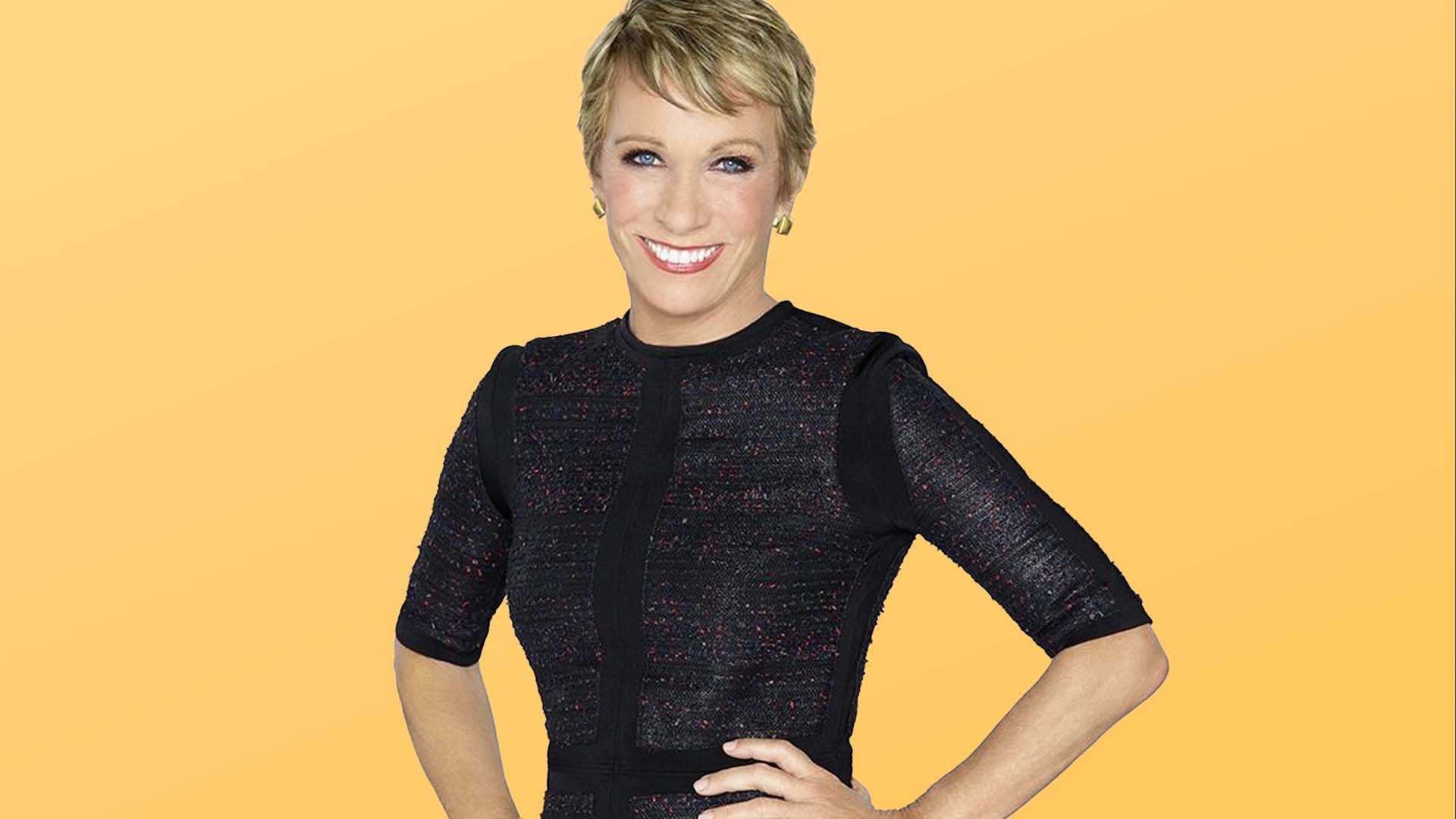3 Reasons Bitcoin Is ‘Digital Gold,’ Says Investing Expert

Commitment to Our Readers
GOBankingRates' editorial team is committed to bringing you unbiased reviews and information. We use data-driven methodologies to evaluate financial products and services - our reviews and ratings are not influenced by advertisers. You can read more about our editorial guidelines and our products and services review methodology.

20 Years
Helping You Live Richer

Reviewed
by Experts

Trusted by
Millions of Readers
If you’ve even casually followed investment news, odds are you’ve heard a lot about cryptocurrency. Once a niche interest of the chronically online, crypto has gone mainstream — so much so that even celebrities like Matt Damon and Lionel Messi have endorsed it.
As digital assets gain legitimacy, everyday investors are starting to ask a more practical question: Where does crypto fit into a typical portfolio?
You may be one of those curious investors. But with so much conflicting advice, it can be hard to separate hype from helpful guidance. That’s why GOBankingRates turned to Jan van Eck, CEO of VanEck and a financial markets expert with over 30 years of experience. As part of our Top 100 Money Experts series, van Eck shared what smart crypto exposure can look like for everyday investors — and why you don’t have to be a “crypto bro” to get involved.
Crypto Can Be a Terrific Diversifier
One of the most common and apt pieces of investing advice is to diversify your portfolio. According to van Eck, Bitcoin can now be considered a legitimate diversifier, similar to precious metals or real estate — especially as concerns around inflation, currency debasement and geopolitical risk continue to grow.
“In our research, even a small allocation of 1 to 3 percent to Bitcoin in a traditional 60/40 portfolio has historically improved risk-adjusted returns,” he said. “The introduction of Bitcoin and Ethereum ETFs in the U.S. last year has further legitimized these assets, making them easier and safer for investors to access through familiar investment channels.”
As a result, he explained, the conversation has shifted from whether crypto is legitimate to how much of it — and what kind — belongs in your portfolio. If you’re looking to diversify with crypto, van Eck also wants you to take the time to learn what differentiates cryptocurrency from other assets — and from each other.
“Bitcoin functions more like digital gold, whereas assets such as Ethereum or Solana are more akin to high-growth, innovation-driven technology stocks,” he said.
Start Small — It Can Still Make a Big Impact
One of van Eck’s biggest pieces of advice for new crypto investors is to keep it simple and start with small amounts.
“For someone new to crypto, I’d say start with a small allocation to Bitcoin itself,” he shared. “You can buy Bitcoin ETFs in traditional stock trading accounts now. Don’t overthink it or try to trade in and out. Buy a little, spread your purchases out over time, and get comfortable with the asset.”
He acknowledges the volatility in crypto and offers tips for how to help manage some of the risk.
“The key is to size appropriately: crypto is volatile, so keeping it small ensures it helps your portfolio without overwhelming it. I always tell people to dollar-cost average; don’t try to time it, just add a bit at regular intervals.”
Starting slow also means not chasing the newest, flashiest coins or projects you don’t fully understand.
“Focus on assets with real network effects and liquidity, namely Bitcoin — and for some, Ethereum or Solana,” he said.
Expect Volatility — But Don’t Be Afraid of It
If this sounds like a repeat, it’s on purpose: volatility is the price of admission with crypto, and the reason many investors get scared off. Van Eck cautions that while the technology behind digital assets is promising, price swings are likely to remain intense.
“Growth assets like crypto can overshoot, as we’ve seen,” he said. “The underlying trend is real, but the path will stay volatile. As an investor, you have to stay disciplined and avoid getting swept up in the hype.”
That’s why van Eck recommends strategic moves like dollar-cost averaging your crypto investing. What he doesn’t advise is trying to outsmart the market. “You’re not going to beat the volatility by timing it,” he said.
Bottom Line
Crypto has evolved from a speculative playground to a serious part of portfolio strategy for everyday investors. It’s one way to diversify your portfolio if you start small, focus on quality assets, and treat crypto like any other long-term investment: with patience, research and a level head.
This article is part of GOBankingRates’ Top 100 Money Experts series, where we spotlight expert answers to the biggest financial questions Americans are asking. Have a question of your own? Share it on our hub — and you’ll be entered for a chance to win $500.
More From GoBankingRates
 Written by
Written by  Edited by
Edited by  Money Expert
Money Expert 









































































































